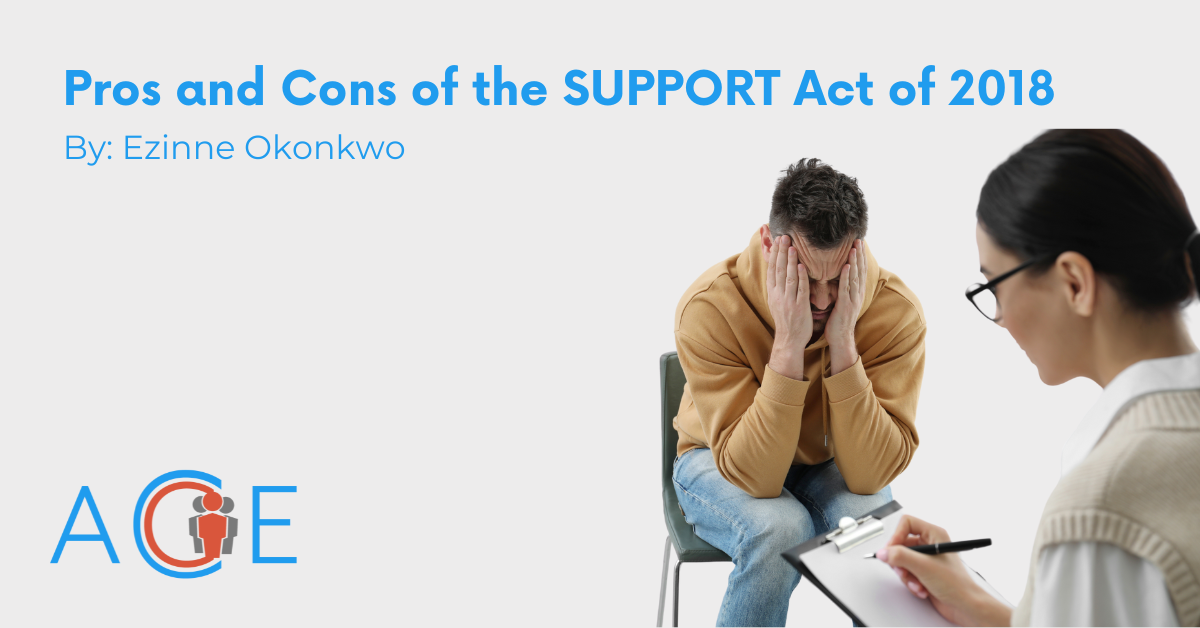Background: The Opioid Epidemic
Over the past two decades, the opioid epidemic has emerged as a key public health issue in the United States. The first wave of the epidemic was characterized by an increase in opioid prescriptions in the late 1990s paired with marketing from pharmaceutical companies that ensured that opioids were safe for pain management. In the early 2010s, a second wave arose when individuals who had become dependent on opioids sought out heroin as a cheaper and more accessible alternative for pain management. The third wave, starting in the mid-2010s, saw a rise of synthetic opioids such as fentanyl in illegal drug markets, leading to unprecedented levels of overdoses.
Prescription opioids are chemicals, both natural and synthetic, that are prescribed for pain management and include commonly-prescribed drugs such as Hydrocodone (Vicodin), Oxycodone (Oxycontin, Percocet), and Morphine (Kadian). While prescription drugs are used to treat acute to chronic pain related to surgery, injury, or illness, prescription can come with risks. Side effects of commonly-prescribed opioids include increased sensitivity to pain, increased drug tolerance, and withdrawal post-medication. These side effects can lead the way to opioid misuse and addiction. In 2023, 125 million opioid prescriptions were filled in America, and 8.6 million Americans misused prescription opioids.
Calls for Accountability
In recent years, blame for the opioid epidemic has shifted towards pharmaceutical companies that produce the drugs and initially advertised their safety. Specifically, many consumers seek to hold pharmaceutical companies legally accountable using the argument that their deceptive marketing tactics have created a public health crisis and therefore constitute a public nuisance. Between 2014 and 2021, more than 3,000 lawsuits were raised against pharmaceutical corporations based on the public nuisance argument. However, 2021 decisions from California and Oklahoma State Supreme Courts held that false advertising was not enough to constitute a public nuisance, weakening the prospects of accountability arguments in other pending cases.
Most recently, the U.S. Supreme Court struck down a bankruptcy plan for Purdue Pharma – a major pharmaceutical company – that would have facilitated an $8 billion settlement to the individuals, states, and local governments that had sued the company over opioid-related deaths. While some praised the Court for its refusal to grant Purdue Pharma the bankruptcy relief it desired, others say the Court failed to hold the company accountable by jeopardizing the $8 billion settlement to victims. Today, avenues for holding major pharmaceutical corporations – collectively referred to as Big Pharma – accountable are highly debated.
The Case for Holding Big Pharma Legally Accountable
Supporters of holding pharmaceutical companies legally accountable for the opioid epidemic cite the companies’ use of deceptive marketing techniques to sell opioids. For example, Purdue Pharma’s Evolve 2 Excellence initiative aimed to increase the sale of OxyContin by instructing their marketing team to promote higher dosages and target high volume opioid prescribers. In 2003, Purdue Pharma launched a misleading marketing campaign about the effectiveness of their prescription drugs despite a lack of proven efficacy in treating pain. In 2014, the city of Chicago sued Janssen Pharmaceuticals, Cephalon, Purdue Pharma, Endo Health Solutions, and Actavis for “knowingly and aggressively marketing [opioids] as rarely addictive” and contributing to several Chicagoan overdose deaths.
Proponents of legal accountability for Big Pharma believe that successful lawsuits against major pharmaceutical companies could set important precedents and ensure that other corporations are held accountable for their public health impacts on the US population. When polled, 57% of Americans believed that pharmaceutical companies should be held legally and financially accountable for the worsening opioid crisis. This belief existed across party and ideological lines. An even larger segment of the U.S. population supports compelling Big Pharma to remedy their contributions to the epidemic in other ways, with 73% stating that they want drug companies to fund opioid addiction treatment and 72% arguing that they should distribute naloxone kits for free.
Arguments Against Legal Accountability for Big Pharma
Critics of legal accountability for pharmaceutical corporations argue that lawsuits are temporary solutions that will not deter pharmaceutical companies from producing and marketing harmful drugs in the long term. They hold that given the massive annual profits of the top five pharmaceutical companies, civil suits act as no more than a slap on the. Critics also emphasize the increasing difficulty of using the public nuisance argument against Big Pharma due to the complexities of state and federal oversight.
Additionally, some opponents of legal accountability for Big Pharma argue that highly-publicized lawsuits only provide a false sense of closure and ignore other factors that underlie the opioid crisis. Critics believe there are multiple causes of the opioid epidemic such as housing and food insecurity, and thus argue that the social determinants of health framework must be adopted in order to best tackle the crisis. Mimi Walters, former United States Representative, discussed how prioritizing settlements with pharmaceutical companies is illogical if people are not simultaneously addressing unfair federal housing programs that create barriers to housing for those who have substance use disorders. Citing lack of economic opportunity, limited drug treatment, and need for pain management as causes of opioid overuse, some believe taking a holistic approach is the only way to manage the opioid crisis from the grassroots. They contend that legal settlements are simply a bandaid solution.
Moreover, some argue that overprescribing doctors hold just as much responsibility for the opioid epidemic as the corporations that market the drugs. Patient satisfaction and expectations for pain-free experiences have become central to the healthcare industry, leading some doctors to prescribe strong opioids for slight injury rather than saving them for persistent, chronic pain. Critics believe that this push for patient satisfaction, along with a focus on the monetary value of patients, creates a cycle in which physicians prescribe to make money. Opponents also cite the Food and Drug Administration’s (FDA) lack of regulation as a contributing factor. In 2017, the Presidential Commission on Combating Drug Addiction and the Opioid Crisis found that the epidemic was partially caused by gaps in FDA oversight. In 2002, 8 out of 10 members of an FDA advisory committee on opioid prescription had ties to Big Pharma. The committee advised the FDA against regulating overprescription, causing many to argue that accountability efforts should include government agencies and not just corporations.
Conclusion
Efforts to hold pharmaceutical companies legally accountable have gained traction in recent years. In 2023, Michigan became the last state in the nation to repeal its legal immunity for pharmaceutical companies. In October 2024, the U.S. Department of Justice brought charges against several pharmaceutical companies and brokers for their role in the unlawful distribution of nearly 70 million opioid pills. While many applaud these efforts, some see them as short-term solutions and argue they must be part of a larger comprehensive approach to address the far-reaching consequences of the opioid epidemic in the years to come.


